How To Play Wingspan Forest Engines
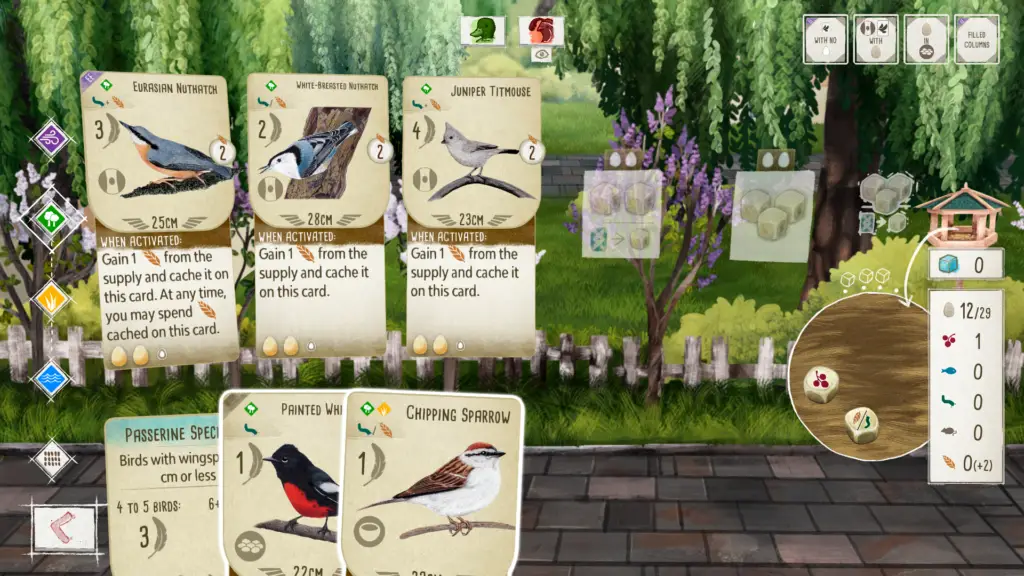
The Core Function of The Forest Habitat
The obvious function of the Forest habitat is to generate food for future bird plays. Everyone needs food to play birds, right?
Traditionally, Forest engines tend to be generally weaker on the core set boards and playing with just the core set. This is because food isn’t inherently worth anything, and you need to spend subsequent turns playing birds to score points with that food. Pretty straightforward.
Expansions bring a lot of new game options to the table that lets you spend food on other outlets, such as teal powers that allow you to discard food to tuck cards from the deck, powers that let you cache food across multiple birds, or the option to discard food through more plentiful bonus conversion options (Oceania Expansion board).
Forest engines gain quite a bit of power on the Oceania Expansion boards since food becomes far more plentiful, facilitating the faster play of more birds and bigger birds worth more points. More birds on the board also mean more points scored through bonus cards.
Food is more plentiful through the buffed Gain Food action, and many bird powers hand out various resources to all players. Nectar also plays a pivotal role and actually swings the pendulum pretty hard in the favor of the Forest habitat.
Generating Extra Food With A Forest Engine
There are a large number of effective birds that let you bring more food to the table and accelerate out your birds. Prime examples of the best food-producing Forest birds include American Redstart, White Backed Woodpecker, and Rainbow Lorikeet. Some birds require that you select specific types of food. The best food-gaining birds let you grab whatever you want.
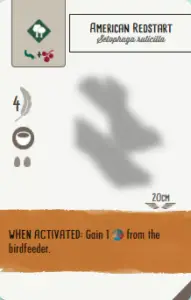
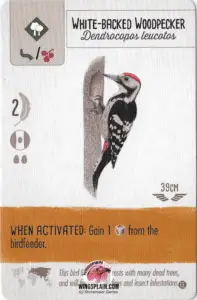
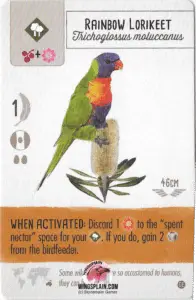
Drawing Cards With A Forest Engine
There are very few options to draw cards in the Forest, and this is where Wood Duck shines the brightest. It has that classic core set power of drawing two cards and discarding one at the end of your turn. Additionally, tuck/draw birds such as Yellow-Rumped Warbler lets you tuck a card and then draw a card, recycling a less helpful card for a potentially more useful one.
This requires that you keep a card in your hand, though, and it can be difficult trying to score points off these birds while also trying to play more birds. With a low volume of cards in hand, it becomes much more difficult to effectively score points by tucking in your Forest.
The Oceania Expansion gave us an interesting card drawing bird in Kelp Gull. When you activate this Wetland bird, you can discard as much food as you want and draw that many cards. This is an interesting way for a strong food-producing Forest engine to leverage excess food for more card volume when taking the Draw Cards action.
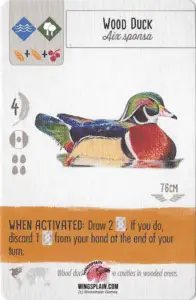
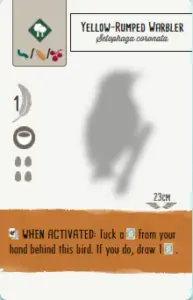
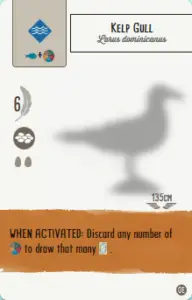
Laying Eggs With A Forest Engine
While Forest-based card drawing effects are currently limited, several choice egg-laying birds can be played into your Forest. Examples include Chipping Sparrow, Mourning Dove, Pileated Woodpecker, and Red Junglefowl.
These birds are amazing at quickly allowing you to expand your Forest without investing turns in the Lay Eggs action. A Chipping Sparrow into column one of your Forest is the gateway to an explosive start when backed up by strong card drawing options such as Ruddy Duck, which will have to be played into your Wetlands.
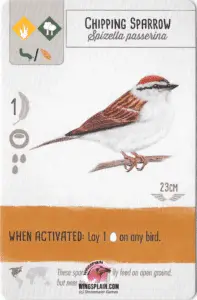
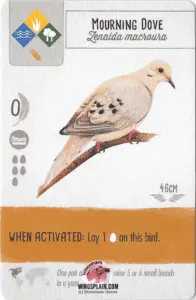
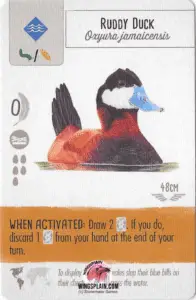
Scoring Points With A Forest Engine
Food Caching
The primary way that Forest engines can score raw points is through caching effects, which are common on Forest birds. Classic examples of birds with this type of power include Carolina Chickadee and Red-Breasted Nuthatch. These birds turn food into points, improving the general power of a Forest engine. This ends up behaving in much the same way as the Lay Eggs action since eggs will always score raw points on their own.
Eurasian Nuthatch and Coal Tit have the unique ability to cache food from the general supply and let you spend it later on any effect you wish. This is a great way to bank food for points and maintain the incredible flexibility of potentially spending it later if you wind up in a pinch.
Caching food from the general supply is always preferred since food in your personal supply could be used to play birds and potentially score far more efficient points. Three food could be used to play a nine-point bird, or it could be cached for just three points. Some caching birds, such as Blue Jay, let you choose whether to keep the food or cache it.
These birds walk the line between food acceleration and point scoring, giving you more choice and control over how your game develops. They are a bit less flexible than Coal Tit and Eurasian Nuthatch by comparison in that you have to decide to keep the food or cache it with no option of spending it later.
A few birds take food caching to another level through “mass caching” large volumes of food across multiple birds. Sri Lanka Blue Magpie and House Crow are standout examples from Wingspan Asia. Australian Raven is an Oceania Expansion bird with the game-end power of caching up to five food. This is an excellent way to put that random food to good use at the end of the game when you cannot capitalize on it effectively.
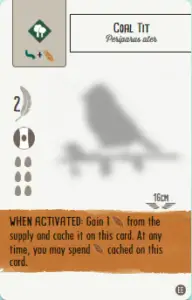
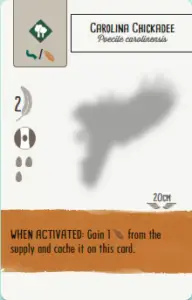
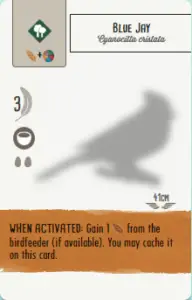

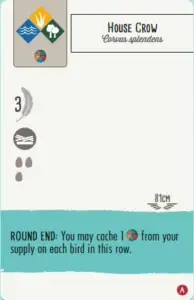
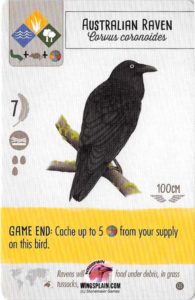
Discarding Food For Points
The European Expansion gave us access to some cool end-of-round teal-powered birds that let us discard up to five pieces of food to tuck an equivalent number of cards under those birds. These birds are a great way to passively dump large volumes of food generated by an aggressive Forest engine. Generally speaking, spending three food to play big point birds or bonus card birds will often be more worthwhile, so make sure you are spending your food wisely based on what cards you have access to.
Kea and Stubble Quail are interesting birds introduced in the Oceania Expansion that let you dump a large volume of food for an extra effect when they are played. Kea allows you to look at additional bonus cards, one for every food you discard to the power. This could be a great way to dig deep for a choice bonus card at the end of the game by using excess food you won’t be able to effectively use otherwise.
Stubble Quail is an excellent way for a Forest engine to generate up to six eggs with extra food. Outside of bird powers, you can spend excess food for extra eggs on the bonus conversion spaces of the player boards. There are more options for this on the Oceania Expansion board than on the Core Set board.
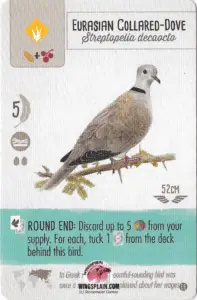
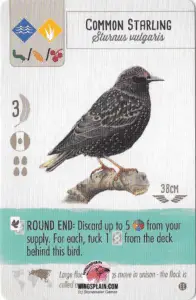
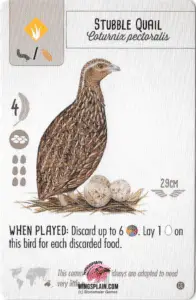
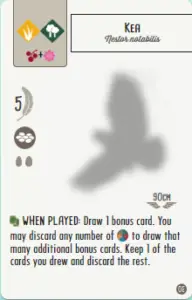
Playing Birds
This doesn’t need much explanation, does it? The bigger the birds, the better! Forest engines by their very nature have access to a lot of food, so playing big point birds are going to be staple point scoring actions. Birds that have the “play another bird” power will be especially potent plays. With the Oceania Expansion, Forest engines have even more advantage by easily accessing larger quantities of nectar.
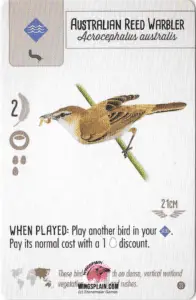
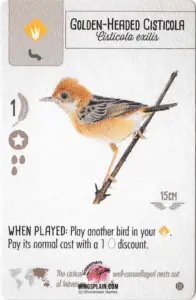
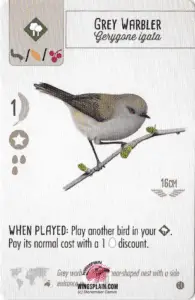
Tucking Cards
Card-tucking strategies tend to make unconventional Forest engines because most games will see players try to transition to stronger point-scoring Grasslands engines by the mid to late game. Most tucking birds that can be played in the Forest can also be played in the Grasslands, so why not score those points off eggs at the same time if you have those extra cards to tuck?
Most Forest tucking engines will probably involve a Wood Duck for sustained card generation or capstone birds like Common Chiffchaff, Common Chaffinch, or Rosy Starling. These mass-tucking birds will let you quickly tuck large amounts of excess cards for significant point gains in the closing turns of the game.
The best versions of these engines will have some way to cache excess food into points as well, essentially making each cached food equivalent to one egg. These “mass tucking capstone birds,” as I call them, are really for those games where you’ve drawn a lot of cards in your search for options, and you’re left with a lot of useless stuff in your hand.
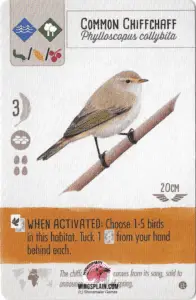
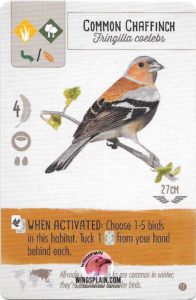
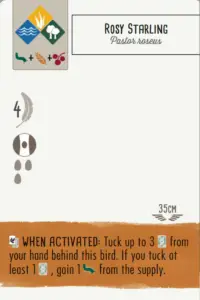
Conclusion
This concludes our guide on how to play Wingspan Forest engines. For more in-depth strategy, check out our comprehensive Wingspan Strategy Guide. Check out our other guides, How To Play Wingspan Grassland Engines and How To Play Wingspan Wetland Engines (coming soon).
Some images may be taken from Wingsearch.
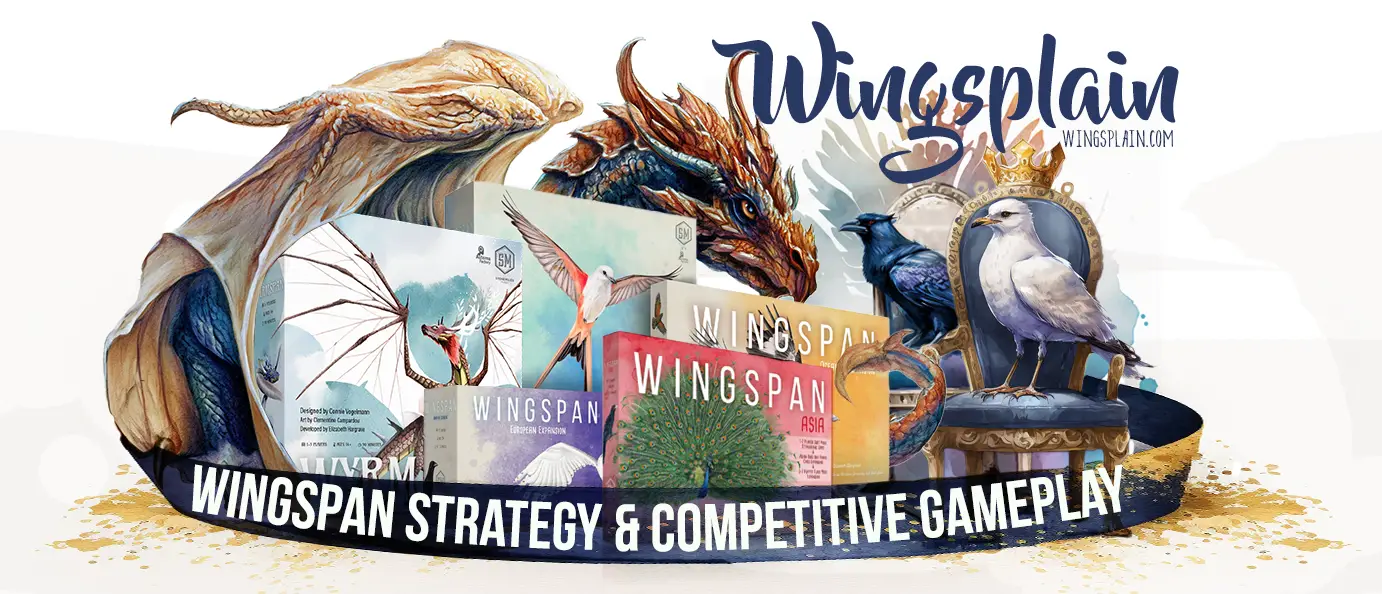
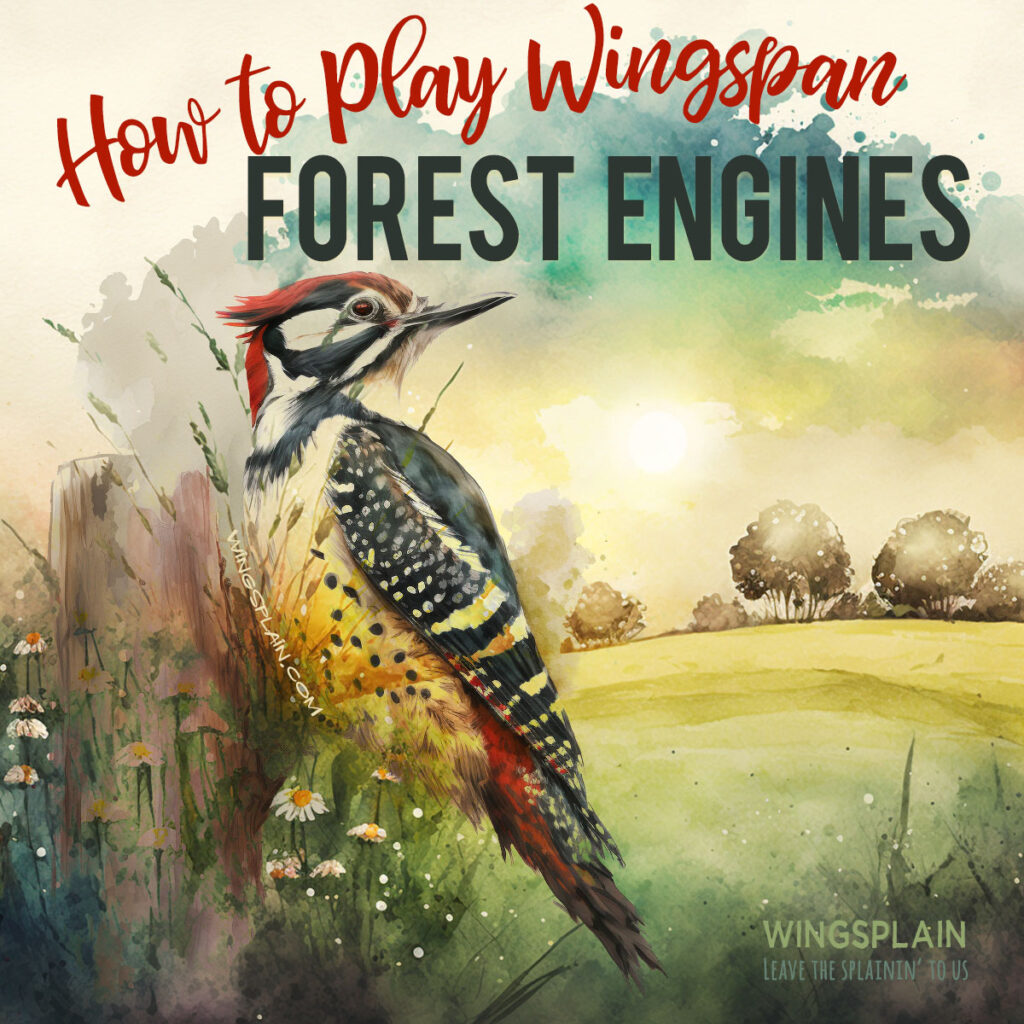


Awesome stuff! As a brand new player, and someone who has instantly become hooked, this information is immensely helpful. Thank you so much and keep up the good work!
I’m glad you found it useful.